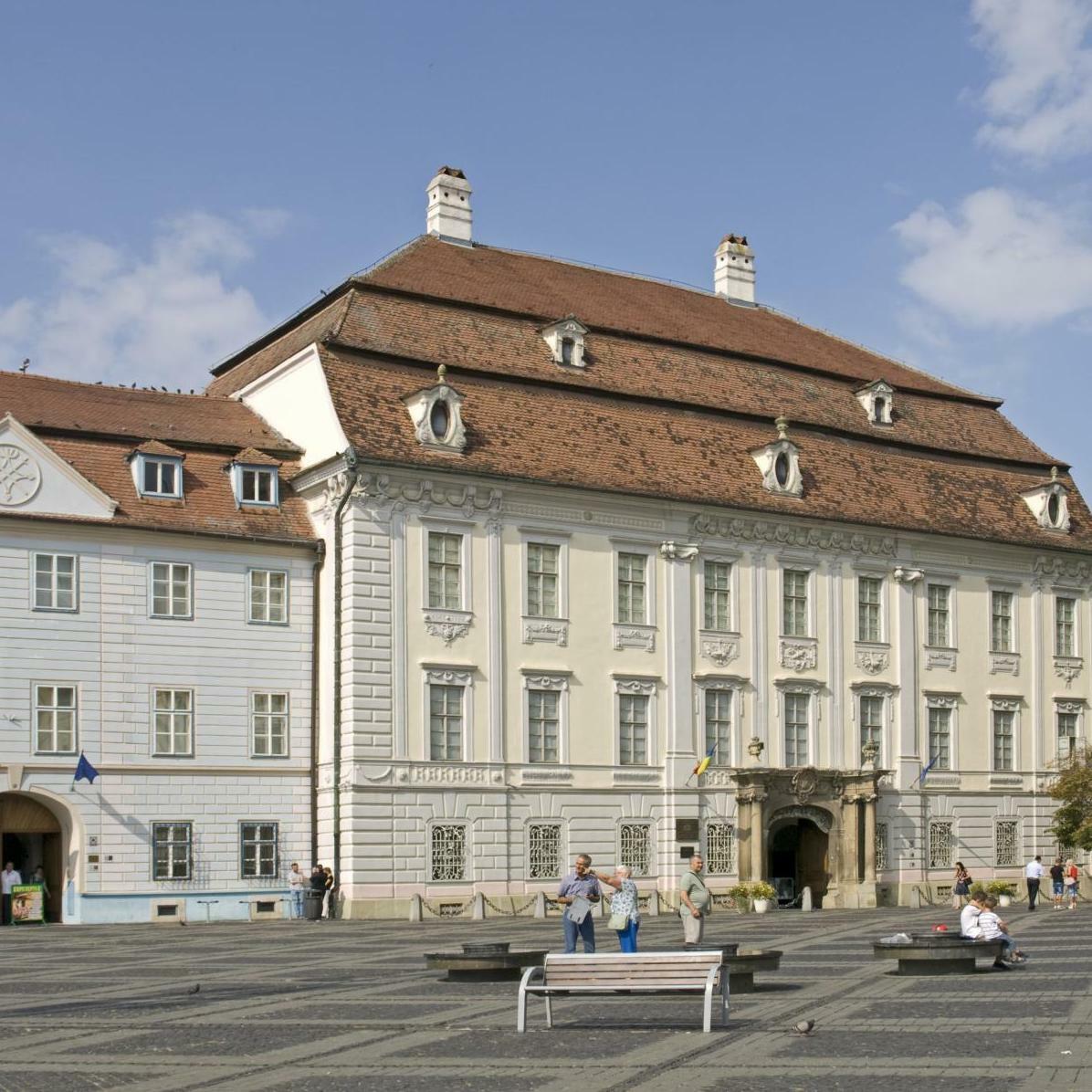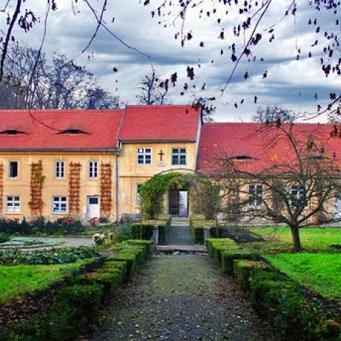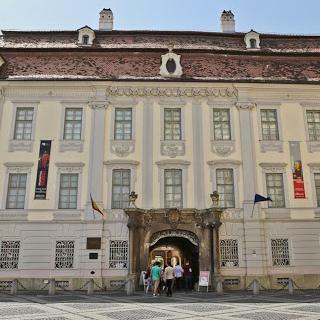Description
Brukenthal Palace in Avrig is the only palace in the country with a baroque style park at the foothills of the Carpathians. It is also called the “Transylvanian Eden”, and the building was the summer residence of the governor Samuel von Brukenthal, built on the highest point of the city of Avrig, 15 meters above the river Olt.
ABOUT BRUKENTHAL PALACE, AVRIG
Samuel von Brukenthal was a very important and influential political personality in Transylvania in the past; he was the governor of Transylvania for 13 years, which at the time was a principality belonging to the Habsburg Empire under Maria Theresa (the position of governor was the most important position at that time). The time the governor spent studying in Vienna influenced him greatly, and accounted for his particularly good taste and strong passion for art and value, as he was a collector of paintings, books, coins and old manuscripts.
The Brukenthal Palace in Avrig was built at the end of the 18th century by the governor Samuel von Brukenthal; the palace and its garden span a total of 16 acres. Although the construction of the palace began in 1762, under Adolf Nicolaus von Bucow, general and governor of Transylvania (1712-1764), it was finished after 1764 by the governor Samuel von Brukenthal (1721-1803). Its construction was based on two European palaces, the Luxembourg Palace in Paris and the Schoenbrunn Palace in Vienna; it consists of the main palace building (there are another two wings which are not in use today), the orangery and the summer garden.
The palace building is U-shaped, with a central building and two lateral wings. This building exhibited 212 paintings and 129 engravings, works that were part of baron Brukenthal’s collection and which can be found today at the Brukenthal Museum. Over time, the building degraded substantially, being passed on from one owner to the next, who did not maintain it. Furthermore, during World War Two, the palace building was used as a military hospital; after the war, it served as a hospital for treating lung diseases, until 2005, when it was retroceded to the Samuel von Brukenthal Foundation.
The palace park is unique in Romania, with its baroque style and set up with terraces going down towards the Olt Valley; the unique ambiance of the palace courtyard differs depending on where you are located or where you are looking towards. The French, Dutch or English style garden has a charm of its own; the French gardens are characterized by specific shapes and artesian wells, stone statues and an orangery (where they cultivated almond trees, melons, pineapples and nutmeg), the Dutch gardens welcome you with multicolored flowers from spring to autumn, spices and vegetables, while the English gardens are sprinkled with winding trails and old trees. A farmstead with animals, vegetables and fruit trees was also integrated within the palace garden structure, its purpose being that of reselling the products and ensuring the palace food supplies; the white oxen that grazed on the meadows in Avrig were well-known far and wide and were even sold in Naples.
As with the palace, the park was also neglected in the years after the death of baron Brukenthal. Over time, the plants grew everywhere, unfettered, and the initial arrangements are very hard to distinguish nowadays. Major repairs are needed for the stairwells, the benches must be replaced, the water cleaned and the dried-out fountains refurbished. Even though in the past the buildings were very luxurious and impressive in their good taste, in time they have been modified when the sanatorium was set up. The lack of timely repairs has led to an even higher degree of deterioration of the building. Nevertheless, the exterior architecture elements and the façade decorations still retain the original historic characteristics.
From a historical and cultural perspective, the park is of great importance for Romania and for Europe, as it represents a unified work of art, in conjunction with the palace, and therefore, since 1990 it is being protected as a national monument. In 2006, a project has been set up to preserve and develop the park in the future; due to limited funding, the drainage and repairs are slow. An orchard with fruit trees has been set up in the process, which will be open in a few years, when the trees have grown sufficiently.
While the palace is vacant, the orangery was set up and transformed into a small hotel with 10 rooms for tourists. Apart from the rooms, there are also 2 ballrooms with 180 seats, which host exhibits, workshops and conferences, while the palace courtyard can hold events, weddings and private parties.
USEFUL TIPS WHEN VISITING THE BRUKENTHAL PALACE
The Brukenthal Palace area in Avrig is historically and culturally rich, so a visit here should be at least 2-3 days long. Look for the best accommodation options in Avrig and take advantage of the cultural riches of the city, of the county of Sibiu and of the surrounding areas, such as the Paltinis resort and the ASTRA Museum. The full address of the palace is 39 Gheorghe Lazar St., 555200, Sibiu County, Romania. For additional information, call 0040.269.523.111 or 0040.726.234.417.
In the future, the palace administration plans to entice the public by instituting the monument as an important place for culture, education and landscape art, and to develop an important cultural center here to host cultural events and conferences, as well as a museum.


